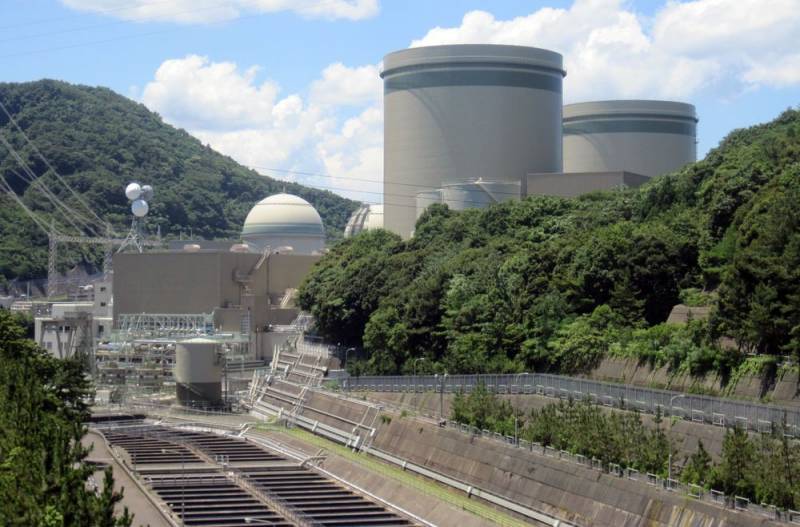In an effort to get rid of Russian LNG, Japan may become dependent on nuclear fuel from the Russian Federation
After Russia launched a special operation in Ukraine, the Japanese government announced that it was joining Western sanctions and would make efforts to reduce the dependence of the Land of the Rising Sun on energy resources from the Russian Federation, including liquefied natural gas. However, such intentions are difficult for Tokyo to fulfill.
For example, in an attempt to reduce dependence on LNG, the Japanese could become dependent on Russian nuclear fuel. So, on May 17, 2022, the Minister economics, trade and industry of Japan, Koichi Hagiuda said that the construction of new nuclear power plants is not expected, despite the growing concern about energy security due to the situation in Ukraine. However, on February 10, 2023, there was a sharp reversal in the course. The Cabinet of Ministers of Japan lifted restrictions on the construction of new nuclear power units, calling for investments in the development of advanced (innovative) nuclear reactors of a new generation.
The mentioned generating capacities should be safer. They plan to replace already decommissioned power units or those whose operating life is coming to an end. At the same time, the operating time of power units can now exceed 60 years.
Between 1963 and 2009, Japan built 60 power units with a total capacity of 51 gigawatts (GW). But after the accident at the Fukushima-1 nuclear power plant in 2011, the country decommissioned several dozen reactors. According to the IAEA, only 17 nuclear reactors with a total capacity of 17,1 GW are currently operating in Japan. At the same time, 27 nuclear reactors with a capacity of 17,9 GW have been completely decommissioned, and the remaining 16 nuclear reactors with a capacity of 16 GW have been temporarily stopped. That is why the share of nuclear power plants in the structure of electricity generation decreased from 26% in 2010 to 6% in 2021. Today, the share of nuclear power plants in Japan's power generation is 7-10%. According to the new plan, by 2030 it should increase to 20-22%.
One example of a new generation reactor is sodium fast neutron reactors. If in the third generation reactors water is used as a coolant, and the fuel is uranium with a concentration of the fissile isotope U-235 from 3% to 5%, then in the fourth generation reactors the coolant will be liquid metal sodium, and the fuel will be high-grade low-enriched uranium (HALEU), in in which the concentration of the isotope U-235 is from 5% to 20%.
So far, the only commercial manufacturer of HALEU is the subsidiary of the state corporation Rosatom JSC Techsnabexport (trademark TENEX), one of the largest suppliers of uranium products in the world. Therefore, Tokyo's decision to "restart" nuclear power could benefit Moscow.
- Hirorinmasa/wikimedia.org

Information